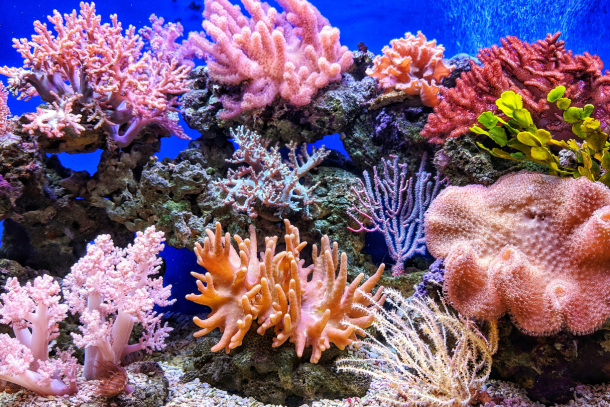Wonders of the Natural World & Natural Landscapes
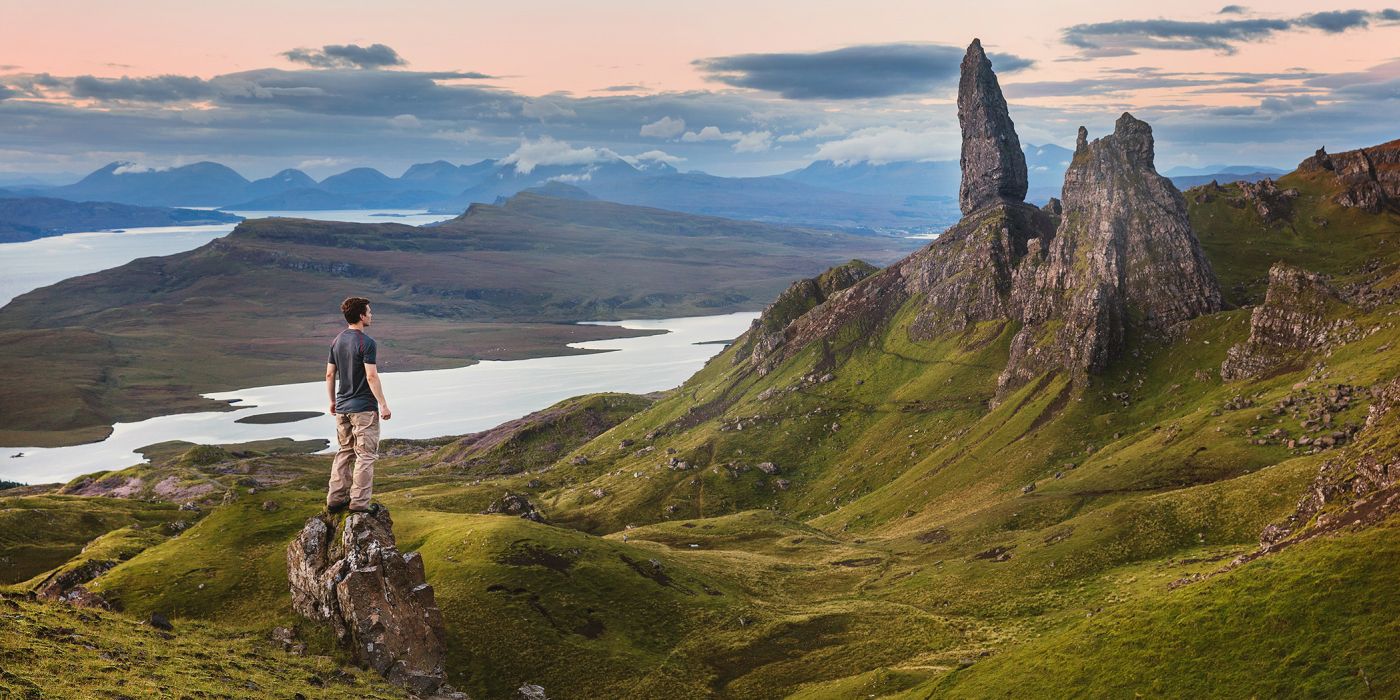
There are a number of natural wonders in the world that many of us will not get the chance to experience. However, there are 7 natural wonders that truly showcase the extent of natural power and the beauty that it can form.
The seven wonders of the natural world
There are considered to be seven main natural wonders of the world. In 2008, an organisation named 'Seven Natural Wonders' was created to protect the natural wonders of the world. As well as being tasked with its protecting, they encourage people to visit the spaces and experience the natural world in all its beauty.
Under their care, they manage the main seven wonders, which are as followed:
- The Northern Lights
- Mount Everest
- The Grand Canyon
- Great Barrier Reef
- Victoria Falls
- The Harbor of Rio de Janeiro
- Paricutin Volcano
These are all naturally formed scenes that can be experienced by humans. Note that whilst there are many other amazing views to experience, the seven natural wonders only refer to those that have been created by mother nature alone.
The Northern Lights
Aurora borealis is more commonly known as the northern lights and it is a very popular natural wonder that many people have travelled to experience. This phenomenon of the northern lights can be seen near the poles in both the northern and the southern hemispheres.
The display of the northern lights features different coloured rays of light that are caused by activity on the sun's surface. The solar storms that take place on the sun's surface cause clouds to give out electrically charged particles and some of these will collide with the earth and become captured in the Earth's magnetic field.
This then accelerates towards the north and south poles and the display of lights comes from atoms and molecules that are in our atmosphere, colliding with particles from the sun.
There are different colours that can be seen, but the most common colour is green. However, there will be variations of pink, red, violet, blue and white. The variations come from different gases that will cause different colours once they are heated.
Green is a characteristic of oxygen, with purple, blue and pink often caused by nitrogen.
Where can you see the northern lights?
You can most commonly see the northern lights is in the Aurora Zone. The aurora band reaches across Finland, Sweden, Norway, Iceland, Greenland and Canada. However, with that being said, it is possible to see the lights in Scotland and Northern England when it appears at a lower latitude.
Mount Everest
Mount Everest is the highest mountain on Earth, with an elevation of 8849 meters. Over time, the mountain has encouraged climbers to reach its summit. It is part of the Himalayan Mountains that sit between Nepal and Tibet. It is estimated that it was formed around 60 million years ago as a result of Earth's rocky plates moving. Each year, it is estimated that it grows roughly 44mm taller than the previous year.
Whilst Mount Everest is considered to have the tallest peak on Earth, it is actually not true. Mauna Kea, located in Hawaii, is 10,200 meters tall. However, most of it remains underwater and thus makes Mount Everest the highest peak above sea level.
In 1953, Edmund Hillary and (Sherpa) Tenzing Norgay were the first people to ever reach the summit of Mount Everest. As of today, it is thought that there have been over 5,000 climbers who have successfully conquered Mount Everest with 700 - 800 attempts each year.
With that being said, there have been unsuccessful attempts that have taken the lives of around 200 people. It is estimated to take around 39-40 days to climb the mountain, though the fastest ever recorded summit was 10 hours and 56 minutes.
The Grand Canyon
The Grand Canyon is located in Northern Arizona and is thought to have been formed around 5-6 million years ago. It measures over 270 miles long, 18 miles wide and 1 mile deep, meaning it is the largest canyon in the world.
It is thought that it was formed due to the Colorado River causing erosion. It was discovered in 1540 by an expedition led by Spanish explorer Francisco Vasquez de Coronado.
In 1919, the Grand Canyon National Park was established, meaning that the grounds of the Canyon, as well as the animals that lived there, were protected. You are able to go and view the Grand Canyon with over 5 million people each year choosing to hike and or boat and raft down the Colorado River which goes through the canyon. This makes it one of the most visited national parks in the United States.
There are also hidden caves that can be found tucked within the canyon. It is estimated that there are around 1,000 of them, but only 335 have been officially recorded. However, only one cave is actually open to the public.
The Great Barrier Reef
The Great Barrier Reef is the largest Coral Reef system in the world. You are able to swim, snorkel, dive and sail in the reef. As you can imagine, the system is home to a huge variety of coral, fish, marine species, plants, aquatic organisms, sharks, turtles and rays.
This brings in a huge amount of tourists who wish to see the beautiful colours of the sea, though this has started to produce a negative effect on the reef and so conservation groups have fought to protect the habitat, ensuring that we do not lose its natural beauty. Though, this is unfortunately not the only risk to the reef as rising sea temperatures, along with pollution are big threats.
The age of the reef is an amazing fact to know! It is thought that the living corals are sitting upon old and dead coral structures, which are thought to be around 20 million years old.
Victoria Falls
Victoria Falls is an amazing natural occurrence that has gained its name as the largest waterfall on Earth. Whilst it is not the widest, nor the highest, the combined dimensions as well as the flow rate is considered to be the biggest curtain of falling water.
Located on the Zambezi River in Southern Africa, the waterfall was named after Queen Victoria. The waterfall pours around 19 trillion cubic feet of water per minute. It is home to plenty of animals but can be visited by the towns or through a specific operator who takes tours of the Falls.
Visiting between March and June will leave you to experience the sprays that fall and land as a constant downpour onto the island.
The Harbor of Rio de Janeiro
The harbor located here is the biggest in the world. Also known as Guanabara Bay, it has a range of different perspectives to offer. From the top of Sugar Loaf mountain, you are able to see a high view of the harbor as well as the beaches.
From Corcovado, you are able to see the bay from a wide perspective, as well as overlooking the city. You are able to book helicopter rides from here to look at the entirety of the bay.
It is recommended that you visit the Harbor of Rio de Janeiro between the months of September and October due to the peaceful weather that is not too hot, nor too cold and it is not typically as busy.
Paricutin Volcano
Paricutin in the youngest volcano that has formed in the Northern Hemisphere that developed in a farmer's cornfield. Initially, before the growth of the volcano, residents of the village heard loud rumblings under the ground and later the ground started to rise and a volcano eventually formed in 1943.
It remained active for 9 years before being declared dormant and then becoming a tourist attraction. You are able to climb the volcano and view the covered ruins that are hardened with lava. It was declared one of the Natural Wonders of the World in 1997 and the easiest route for tourism is hiking.
6 of The Best Natural Landscapes
Nearly all of us can appreciate the beauty of Earth's natural landscapes and they can become a space for peace and tranquillity. Therefore, it is understandable that you would want to find some of the best natural landscapes the world has to offer.
Aside from the seven wonders of the world, there are so many other natural landscapes that mother nature has to offer. We have compiled a list containing some of the best places you should visit.
Tatra Mountains, Poland
These mountains are a very popular hiking destination in Europe. There are trails that you are able to complete which vary from beginner to advanced, however, if you would much rather just observe the view, you can table a cable car that will allow you to see the entire mountain range.
There is plenty of greenery and it acts as a home to many different types of wildlife, such as bears and lynx. This is definitely one of the most popular tourist attractions in Poland.
Everglades, USA
The Everglades are a natural space of tropical wetlands that are located in Florida. The type of ecosystems it has formed cannot be found anywhere else on Earth. It is filled with wildlife and surrounded by human communities. Much of this wildlife is considered to be unique, rare and or endangered species that rely on the uniqueness of the everglades.
It used to be much larger than we see it today, but due to the draining of wetlands and claiming the land for agriculture and urban development, the everglades no longer receive enough freshwater, but conservation attempts to reconnect the system.
There are many ways that you can enjoy the everglades from guided tours to other activities that are intended to help you better connect to nature. There are also airboat tours that are a great way to come into deeper contact with the waters.
One of the major reasons that we suggest you choose the everglades as one of your destinations is because you will never see somewhere else in the world that has a large ecosystem made up of a diverse range of endangered animals.
Niagara Falls, Canada
Niagara Falls consists of three grouped waterfalls that have gained massive attraction over time and it is estimated to have 12 million visitors per year. You are able to opt for guided boat tours to get the full experience of the phenomenon.
You can experience it both in the daytime and during the evening for an altered observation. Note that the most popular time to visit is during the summer months, meaning you can expect visitor rates to be extremely high.
Cliffs of Moher, Ireland
Standing over 702 foot high, the Cliffs of Moher are a very popular tourist destination. There are paths that wind along the cliff edge, between villages that allow you to take in the amazing scenery below you.
O'Brien's tower is the highest point on the Cliffs on Moher, built-in 1835, you are able to observe the Cliffs.
The Dead Sea, Israel
The Dead Sea is the lowest point on Earth and no fish are able to survive in the salty waters. It is thought that the mud has healing medical properties. You are able to float in the waters and there are plenty of tours and beaches that allow you to experience the Dead Sea.
If you are wanting to book a longer trip to the dead sea, you can also book hotels located close to the beaches.
The Galapagos Islands, Ecuador
The Galapagos Islands are situated in the Pacific ocean and they emerged from the bottom of the sea. There is a lack of natural predators in this area and so the natural wildlife is not sacred of humans, providing a great reason to visit.
Over a quarter a million people visit the islands each year by boat. Alongside the experience of travelling, you will get to see some amazing sites you cannot experience elsewhere. Note that the wildlife here is very protected and their safety is put first.
I do hope you have enjoyed this article and hope that you will subscribe to my newsletter so you can get the latest information about all things naturally relaxing.
Stay in touch, join the Naturally Relaxing Newsletter
Newsletter Signup
Post Your Comments
or post as a guest
Be the first to comment.
Latest articles in Nature
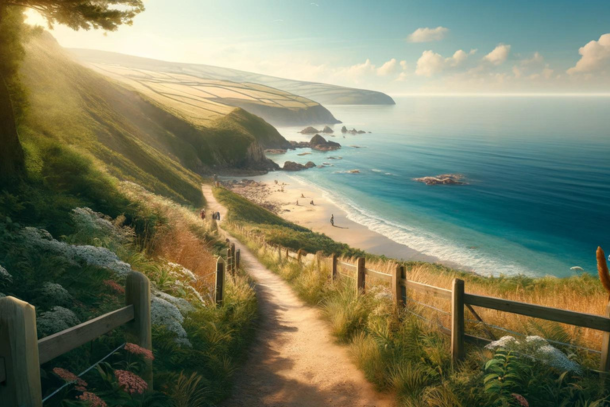
Exploring the UK’s Most Serene Coastal Trails
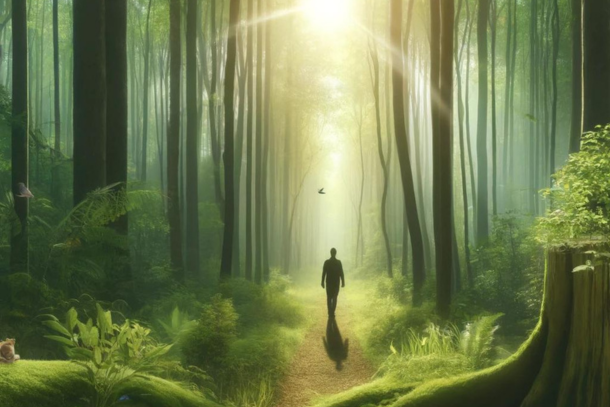
The Healing Power of Nature: Forest Bathing Explained

Sustainable Gardening: Tips for Growing Your Own Herbs
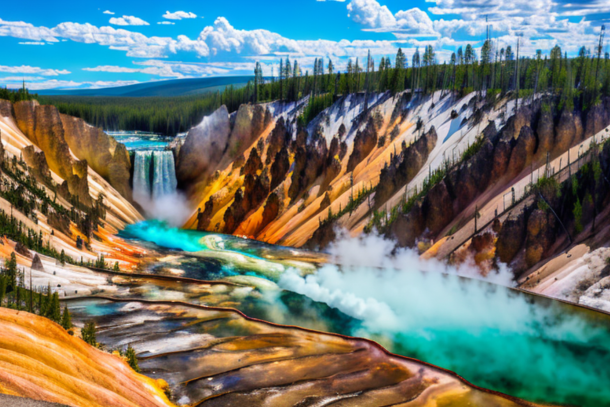
The Yellowstone Supervolcano: A Sleeping Giant
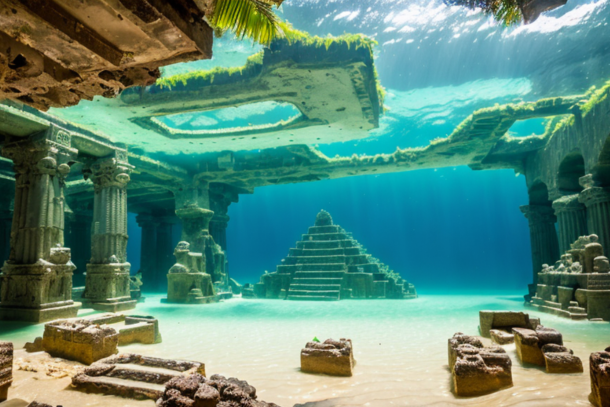
The Lost City of Atlantis: A Geological Mystery
